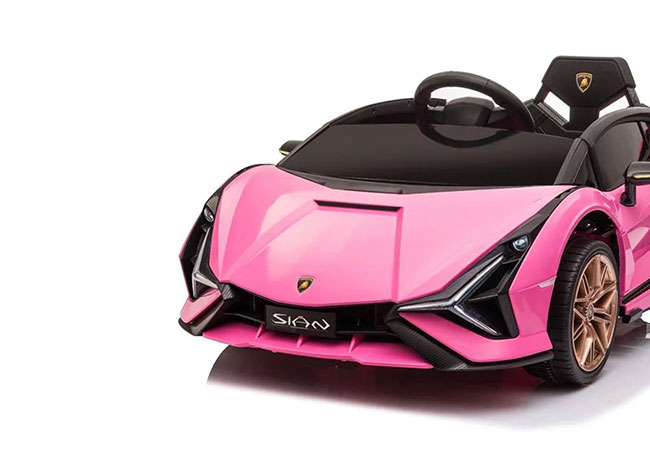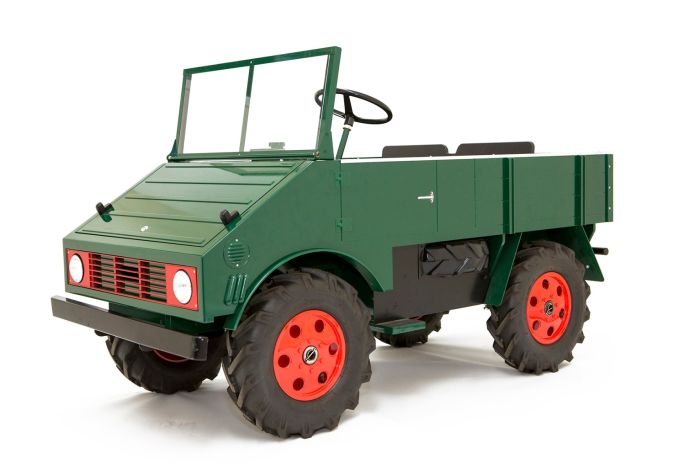Excellent News For Choosing Kids Cars
Wiki Article
What Are The Most Important Safety Features I Should Consider When Buying A Ride On Car? The Pros And Pros And
When choosing a ride-on vehicle for your child, safety features are paramount to ensure their safety during playtime. Here are a few security features that you must consider.
Pros They are an excellent method to keep your child secure in the car they ride in. They can reduce the risk of him falling out in play or being expelled. These seat belts offer additional security particularly when taking sudden turns or stopping suddenly.
Pros - Not all ride-on cars come with seatbelts. This includes the ones made specifically for children younger than. Also, some children find seatbelts to be restricting and uncomfortable. This may lead to resistance to using them.
Sturdy Construction
Pros - A vehicle constructed with high-end materials and a sturdy structure will last longer and resistant to damage. It will also ensure long-term safety and reliability. It is made to be strong enough to stand up to the demands of the game while ensuring stability.
Cons - The price of a solid structure can be expensive, which makes the vehicles unaffordable for many families. Furthermore, heavier materials may hinder mobility and maneuverability.
The Low Center of Gravity
Pros: Ride-ons that have an elongated center of gravity are less likely to tip, thus reducing the likelihood of accidents. They are more stable and balanced, especially when performing turns or other moves.
Pros - Some ride-on vehicles with a lower center of gravity may sacrifice ground clearance or off-road capabilities which limits their use in certain conditions.
Remote Control for Parents -
Pros - Parents are able to supervise their children's play and provide assistance to ensure safety and control. Parents are able to intervene in the case of emergencies, navigate tricky terrain or even avoid collisions.
Cons - The parental remote control can limit a child's autonomy in their independence, freedom and play since they'll be relying on the guidance and help of their parents during play. Remote-controlled models are more expensive than ride-on vehicles that operate manually.
Speed Limiters
Pros - Ride on cars with adjustable speeds or speed limiters let parents set the maximum speed for the car. This lowers the likelihood of accidents and collisions. They can also increase the speed to the max as their child's confidence grows.
Pros - Some drivers may get used to the slower speeds rapidly. This could cause frustration with the vehicle. Additionally, certain models might not have speed limiters, or require other features or accessories.
Safe Start Technology -
Pros - The ride-on car is engineered to start and stop smoothly. It minimizes the risk that the child could be startled or become unstable. It makes riding more comfortable and safe.
Pros - Cars with ride-on features such as safety start technologies might cost more than standard models that do not have this feature. In addition, some kids may feel that the gradual acceleration and deceleration to be less thrilling or exciting as opposed to immediate stops and starts.
Visibility Enhancements
Pros - Ride-on automobiles with visibility enhancements such as working taillights, headlights, or reflective materials improve visibility, particularly in low-light conditions or dimly lit areas. They improve safety as they allow the vehicle to be seen to other cars or pedestrians.
Cons – The addition of visibility features may make it more difficult for battery to drain or in the ride-on vehicle's design. These factors could cause malfunctions or issues with maintenance.
You can ensure your child’s security by weighing the pros and cons of these options. See the recommended Mercedes ride on car for site advice including toy ride, ride a toy, toy and car, toy toy cars, toy car for car, ride electric car, kidscars, a toy car, cars pedal car, toy toy cars and more. .

What Is The Main Difference Between Indoor And Outdoors Model Cars For Children?
Models of kids' cars have specific features to fit various environments and usage scenarios regardless of whether they're indoors or outdoors. Here are some of the differences in these car designs Indoor Use Cars
Size and weight Cars that are designed for indoor use tend to be smaller and lighter in weight to move easily in tight areas like living rooms, playrooms or hallways. They are small enough to navigate tight corners and narrow passages without damaging furniture or walls.
Low Ground Coverage - Cars that are designed for indoor use have an extremely low ground coverage to keep them from getting stuck or snagged against obstacles such as carpets or thresholds. This allows cars to move smoothly and without interruption over indoor surfaces without chance of getting stuck or falling over.
Smooth Wheels- Cars for indoor use The wheels are usually composed of smooth materials like rubber or plastic for traction on surfaces with an even surface, such as tile or laminate flooring. They are engineered to reduce the sound and avoid scratching or scuffing indoor surfaces.
Temporary Speed - For indoor use, cars usually are slower than usual to ensure that they are safely operated and controlled in tight areas. This will help prevent collisions caused by walls, furniture, or any other indoor obstructions.
Outdoor Use Cars -
Durable Construction - Cars intended specifically designed for outdoor use are built with sturdy materials. They are made of tough plastics or metals to withstand the harsh elements outside such as humidity, sunlight and temperature fluctuations. They are immune to damage caused by outdoor elements.
The higher the clearance of the ground is, the more able they are to deal with bumps and uneven terrain. This allows them to navigate rough terrains such as pavement, gravel grass, dirt, or grass without getting stuck or damaged.
Traction Tires - The tires on cars that are used outdoors often include treads or patterns that are designed to increase the grip and traction of vehicles on surfaces that are uneven or slippery. This aids in maintaining control and stability while driving on uneven terrain.
Weather Resistance - For outdoor use, vehicles can include components that are resistant to moisture or environmental damage like waterproof casings, sealed electronics and even waterproofed ones. The car is able to be subjected to mud, rain and puddles without performance degradation.
Outdoor vehicles are generally quicker to take advantage of the wide open spaces and the longer distances encountered outside. It provides an exhilarating adventure for kids who are exploring outdoor environments.
When considering these design elements and traits, parents are able to pick a car for kids model that's tailored to their specific usage needs and environment, whether indoors or outdoors, ensuring a safe, enjoyable and lasting experience for their child. Follow the most popular go here on remote control childrens cars for blog recommendations including childs car toy, ride on digger, childs electric ride on car, remote control childrens electric cars, remote control childrens car, 2 seater electric cars, electric toy car, toy cars toy car, car for toy, childs car toy and more. .

What Can I Learn What The Experience Of Parents Who Have Certain Ride-On Cars?
Use online platforms and sources to get reviews of specific ride-on cars. Here are some steps to help you research and analyze ride-on car models - Online Retailers -
Visit online retailers, such as Amazon or Walmart, to leave reviews and ratings on the products you've bought. Select models with ride-ons that have lots of positive reviews and ratings.
Manufacturer Websites -
You can find out more about ride-on vehicles on the official website of the manufacturer. On some websites manufacturers, you can find customer reviews or testimonials.
Forums and Communities about parenting
Join forums online and parenting groups where parents share their experiences with ride-on cars and share recommendations. Reddit BabyCenter The Bump and other sites have forums to discuss parenting. Get advice from other parents or read about other's experiences.
Toy Review Websites -
Visit toy review websites and blogs that specialize in reviewing children's toys and ride-on vehicles. They usually provide in-depth reviews, comparisons, and recommendations based on factors like safety, durability and the playability.
YouTube Reviews
YouTube is the place to discover ride-on review videos. Toy enthusiasts as well as creators of content post videos with reviews and demonstrations. Viewing videos will help you understand how the ride on car is able to perform under real-world conditions.
Social Media Social Media
Follow toy makers and parenting influencers or parenting groups on various social media platforms, including Facebook, Instagram, Twitter. These platforms typically include product reviews as well as user reviews and also suggestions from other parents.
Consumer Reports and Product Testing Organizations
Consumer Reports, Which? and Good Housekeeping are all unbiased organisations that review and test products. These organizations are responsible for rigorous testing to evaluate product quality and performance.
Word of Mouth
Ask your family or friends for their recommendations on designs of ride-on vehicles based upon their own experiences. Personal recommendations can offer invaluable information and personal accounts of the reliability and satisfaction with the product.
If you're looking for the top ride-on car model, look at factors like security and durability (including easy assembly) battery life, and customer service. Consider brands that have an established track record of reliability and quality as demonstrated by favorable reviews and positive recommendations made by other parents and customers. Follow the recommended McLaren kids car for site advice including car for toy, childs ride on car, toy car for car, childrens electric cars, toy and car, remote control childrens car, car for toy, toy the car, kids electric cars, electric toy car and more. .
